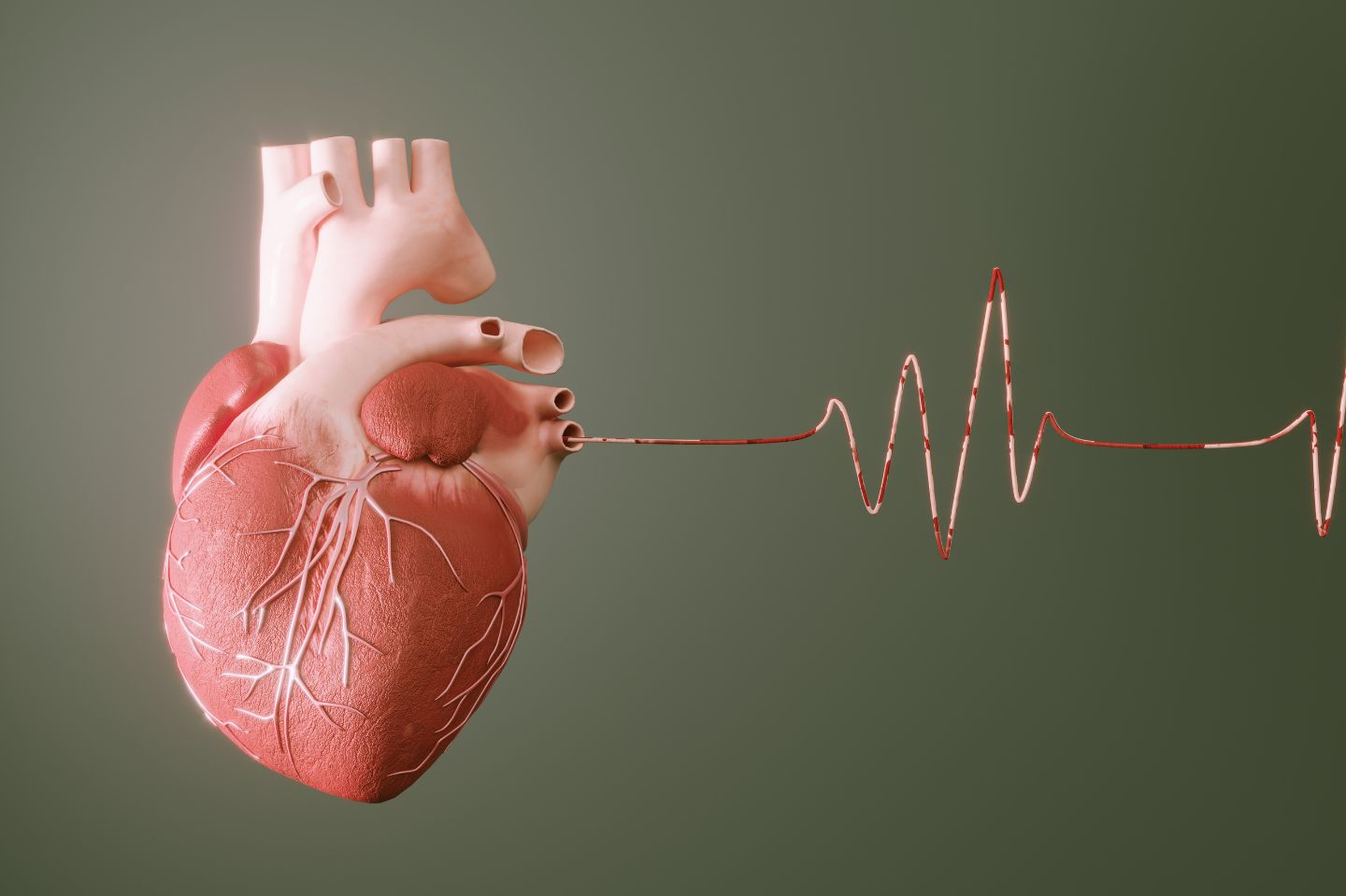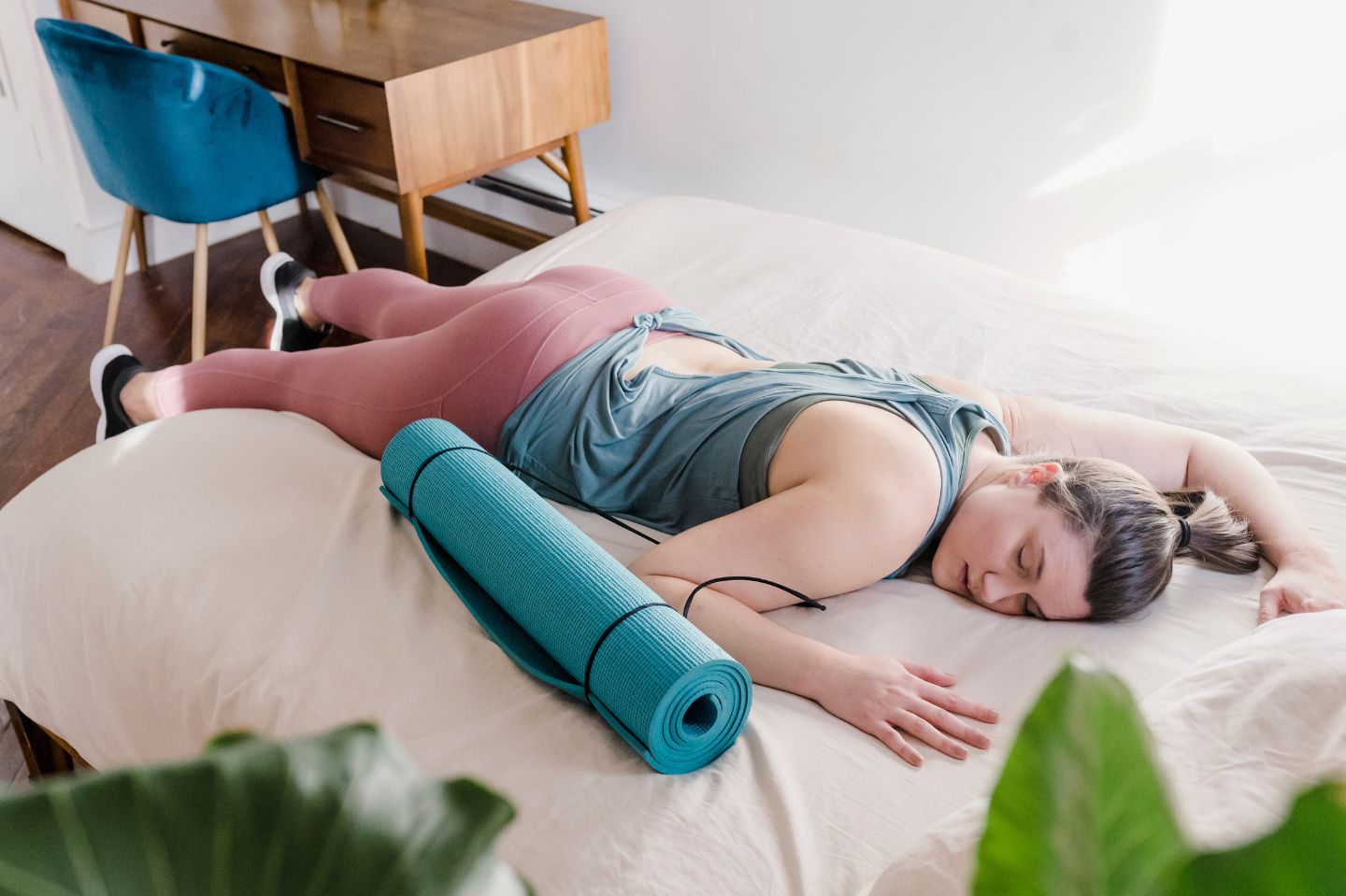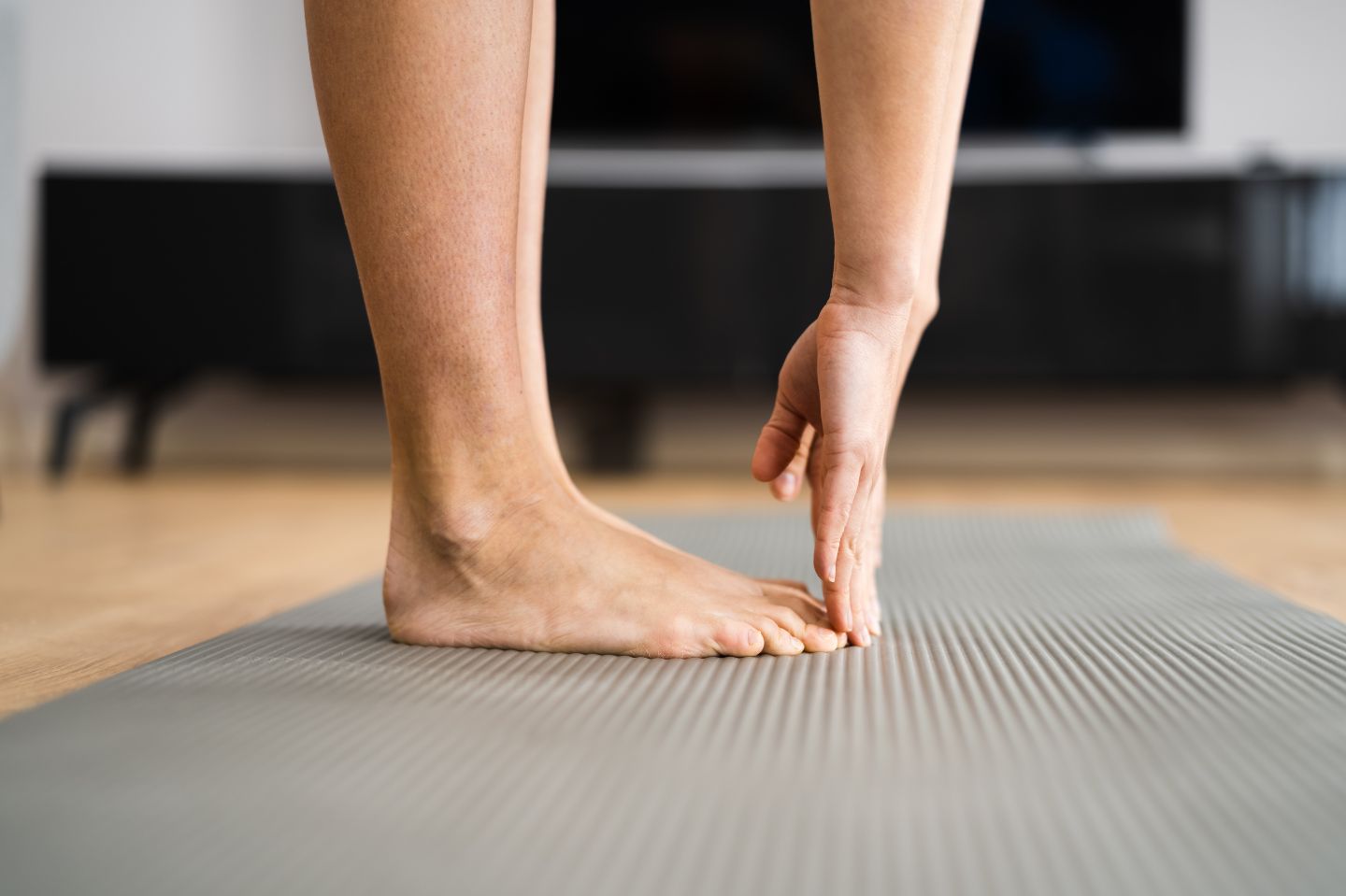For many people, sitting down and standing up requires no effort or thought whatsoever. However, some individuals struggle to get up from a chair, sofa, or even the toilet. Their difficulty in performing this task could be due to a variety of reasons. But when someone has trouble transitioning from sitting to standing, he or she should consider having their heart checked out.
Interestingly, a 2014 study found a correlation between all-cause mortality and the inability of a person to stand up from sitting on the floor. While the results of this test may not tell the whole story, this is a compelling finding. Fortunately, it’s easy to perform a sit-to-stand test at home on your own, which can help you decide whether or not you need to make an appointment with your doctor.
Perform the Sit-to-Stand Test
There are a few different versions of the sit-to-stand test described in the medical literature. One of the most basic versions of the test consists of the following steps:
- Sit in a firm chair.
- Start a stopwatch (or watch the clock).
- Stand up and sit down five times without using your hands to help (you can take your arms out of the equation by crossing them over your chest).
That’s it! But what do the results of this test mean?
Interpreting Sit-to-Stand Test Results
If you find yourself exhausted, very short on breath, or struggling to complete five sit-to-stands within 30 seconds, you should consider having your heart examined. Your heart may not be working efficiently to pump blood to your working leg muscles. This could lead to a variety of health complications, which can be prevented with the help of your healthcare provider.
On the other hand, if you have no trouble completing this test, this does not necessarily mean that your heart is in tip-top shape. This is only one simple test that can indicate a potential cardiovascular issue. It is still critical that you visit your healthcare provider regularly to nip any health issues in the bud.
Other Complicating Factors
In some cases, poor performance on the sit-to-stand test might be due to issues which have nothing to do with the cardiovascular system. For instance, if you have knee pain, you might “fail” the test for this reason. Alternatively, you may simply have muscle weakness in your legs from lack of use.
Additionally, your heart may be working efficiently, but your lungs could be the problem. Poorly functioning lungs can also cause quick fatigue, even with minimal effort.
Regardless of any of these reasons, if you find yourself struggling during the sit-to-stand test, it’s best to be safe and talk with a physician about your concerns.
What Can Be Done to Improve Heart Health?
Truthfully, many heart issues can be mitigated through a healthy diet and regular exercise. By simply going for a 30-minute walk, five times per week, you will be meeting the recommended cardiovascular exercise minimums.
Diet is a bit more complicated, as there are tons of differing opinions out there. However, suffice it to say that you should strive to eat mostly whole foods which are full of nutrients and moderate to low in calories.
Conclusion
Heart problems are a huge health concern in the world today. For this reason, it’s important to do everything we can to keep our hearts healthy. If you are concerned about your health, either because of your sit-to-stand results or for some other reason, be sure to see your doctor for follow-up testing ASAP.
Works Cited
- Brito LB, Ricardo DR, Araújo DS, Ramos PS, Myers J, Araújo CG. Ability to sit and rise from the floor as a predictor of all-cause mortality. Eur J Prev Cardiol. 2014 Jul;21(7):892-8. doi: 10.1177/2047487312471759. Epub 2012 Dec 13. PMID: 23242910.
- Bohannon RW, Bubela DJ, Magasi SR, Wang YC, Gershon RC. Sit-to-stand test: Performance and determinants across the age-span. Isokinet Exerc Sci. 2010;18(4):235-240. doi: 10.3233/IES-2010-0389. PMID: 25598584; PMCID: PMC4293702.














